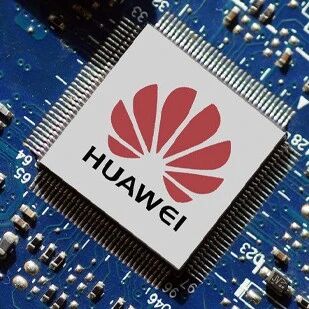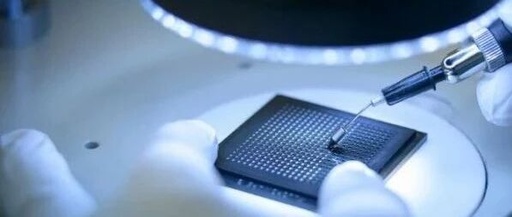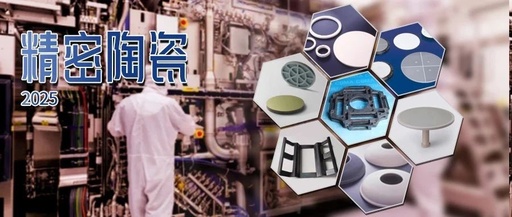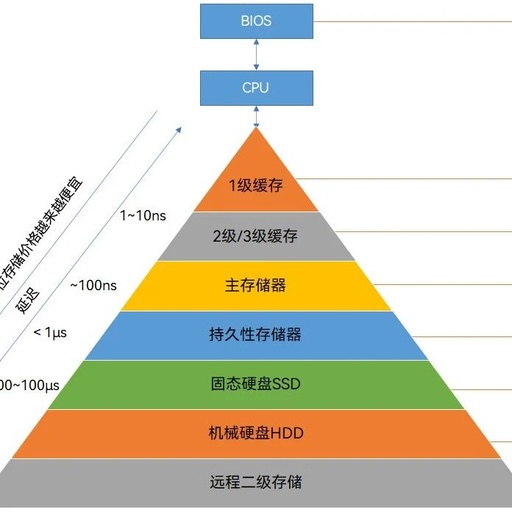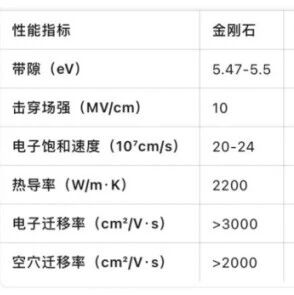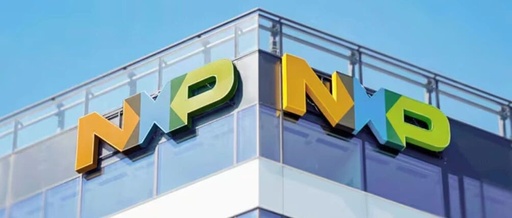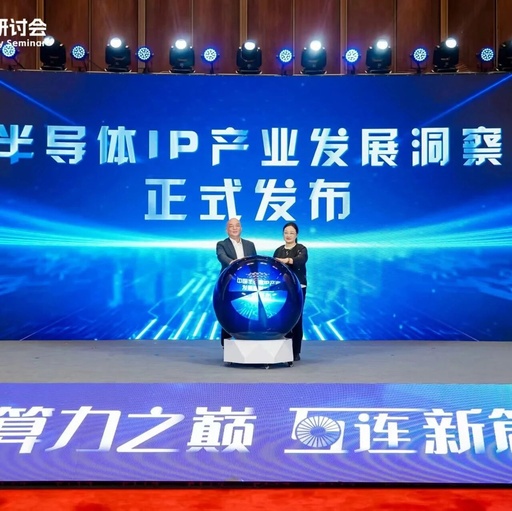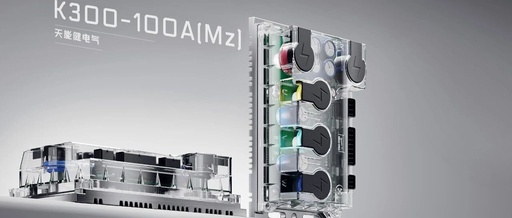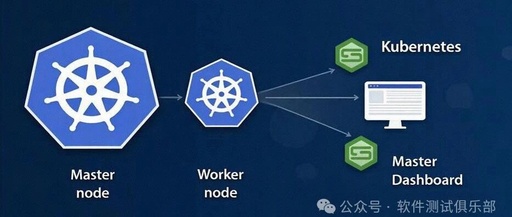Three and a Half Years of Trade War: The Rise of China’s Semiconductor Industry
► This article is reprinted from the WeChat public account “Ning Nanshan” (ningnanshan2017) Recently, I looked at the development of domestic semiconductor industry chain companies, and I must say that we are now in a golden age of domestic development, with leading domestic enterprises in every link developing very rapidly. The domestic leading enterprise in … Read more
